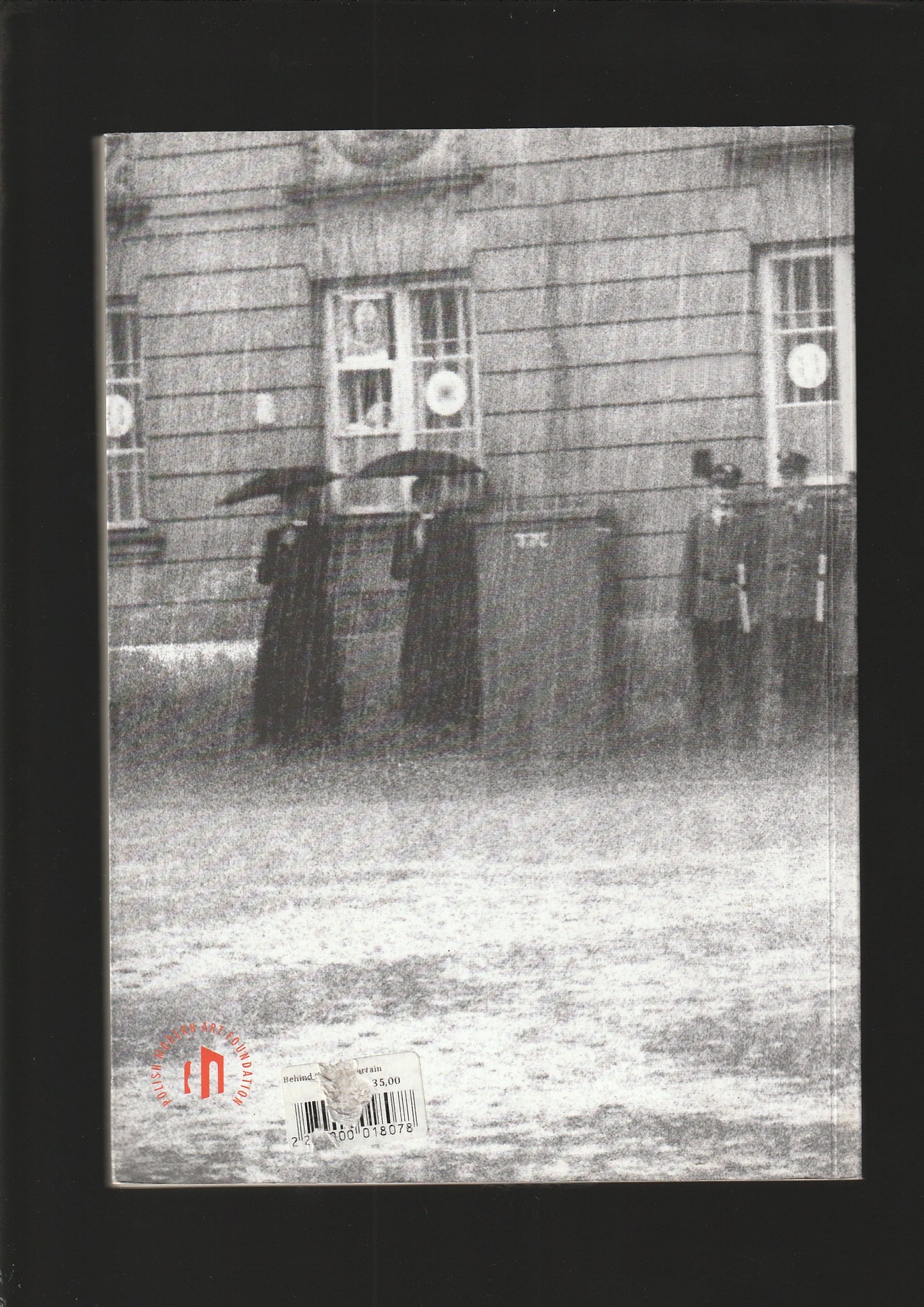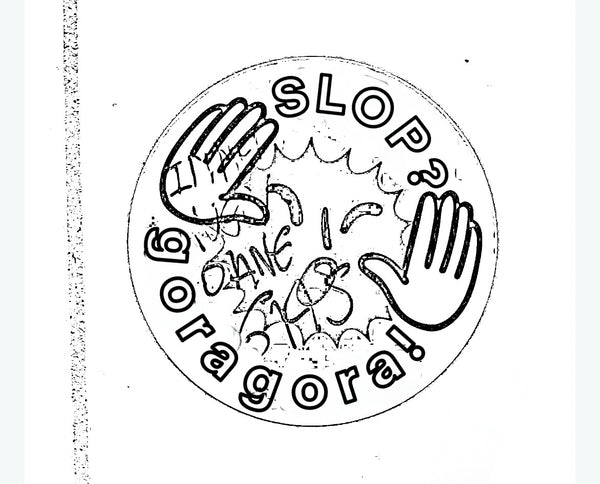Behind the Iron Curtain - Official and Independent Art in the Soviet Union and Poland 1945-1989
Behind the Iron Curtain - Official and Independent Art in the Soviet Union and Poland 1945-1989
Couldn't load pickup availability
Exhibition Catalogue
Exhibition Behind the Iron Curtain. Official and Independent art in the Soviet Union and in Poland 1945-1989 presents selected issues illustrated by works from two neighboring states, Poland and Russia, emphasizing the latter’s domination in the ideological sphere. The starting point for the exhibition are works representative of socialist realism, engaged in the ideas of communism, which were created in the Soviet Union until the 1980s. In opposition to them are shown critical works relating to the cult of the leader.
Socialist realism, as the only right style in art, applied in Poland only in the years 1949-55 and did not have such a strong influence on the creators as in the Soviet Union. That is why it is symbolically represented by only a few works of artists who, because of their pre-war leftist views, were involved in the construction of a new Poland. At this point, Katarzyna Kobro and Władysław Strzemiński should be mentioned. They were the link between the first and thus the pre-war avant-garde, and the independent artists trying to find their place in the new reality right after the end of World War II.
Part of the exhibition was dedicated to the so-called second avant-garde in Poland. Since the exhibition in the Warsaw Arsenal in 1955, Polish artists could create virtually with no ideological restrictions – in Krakow the leftist “Krakowska Group” existing before World War II was reactivated, and in Warsaw Marian Bogusz opened the “Krzywe Koło” gallery.
The 1960s were also a time of change in the Soviet Union. After the visit of Nikita Khrushchev in America, the “US National Exhibition” was opened in Moscow with the participation of, among others, Jackson Pollock, Marc Rothko, Willem De Kooning, and in 1962, the works of “forgotten” Soviet painters, such as Robert Falk, Dawid Sterenberg, Aristarch Lentulov were shown.
At the same time, Polish artists, practically no longer having restrictions on censorship, also struggled with the problems of abstract and figural painting. Their unrestrained art shows how diverse the reference to form in contemporary art was. Geometric abstraction of Henryk Stażewski, Ryszard Winiarski and Henryk Berlewi dominated, alongside works by Henryk Musiałowicz, Tomasz Ciecierski and Marian Czapla.
The 1980s brought about strong political changes in both countries. The Martial Law, imposed on December 13, 1981 in Poland, caused a nationwide protest against the repression related to this decision. Actors did not perform on television, painters did not take part in official exhibitions, and they exhibited their works in churches – hence the name of the exhibition section “The Art of Opposition”.
In turn, the section devoted to the art of the 1980s in Russia is called “Transformation”. Thanks to Mikhail Gorbachev and the policy of “Perestroika” which he initiated, the whole bloc of Central and Eastern European countries, formerly known as “socialist”, collapsed. That’s when the expected freedom came – the artists could paint as they wanted and where they wanted.
All the works presented at the exhibition come from Polish private collections, most of them from the collection of Piotr Nowicki. The exhibition was completed with outstanding works from the collection of Olga and Wojciech Fibak, Joanna and Jerzy Grabski and Krzysztof Musiał.
Share




